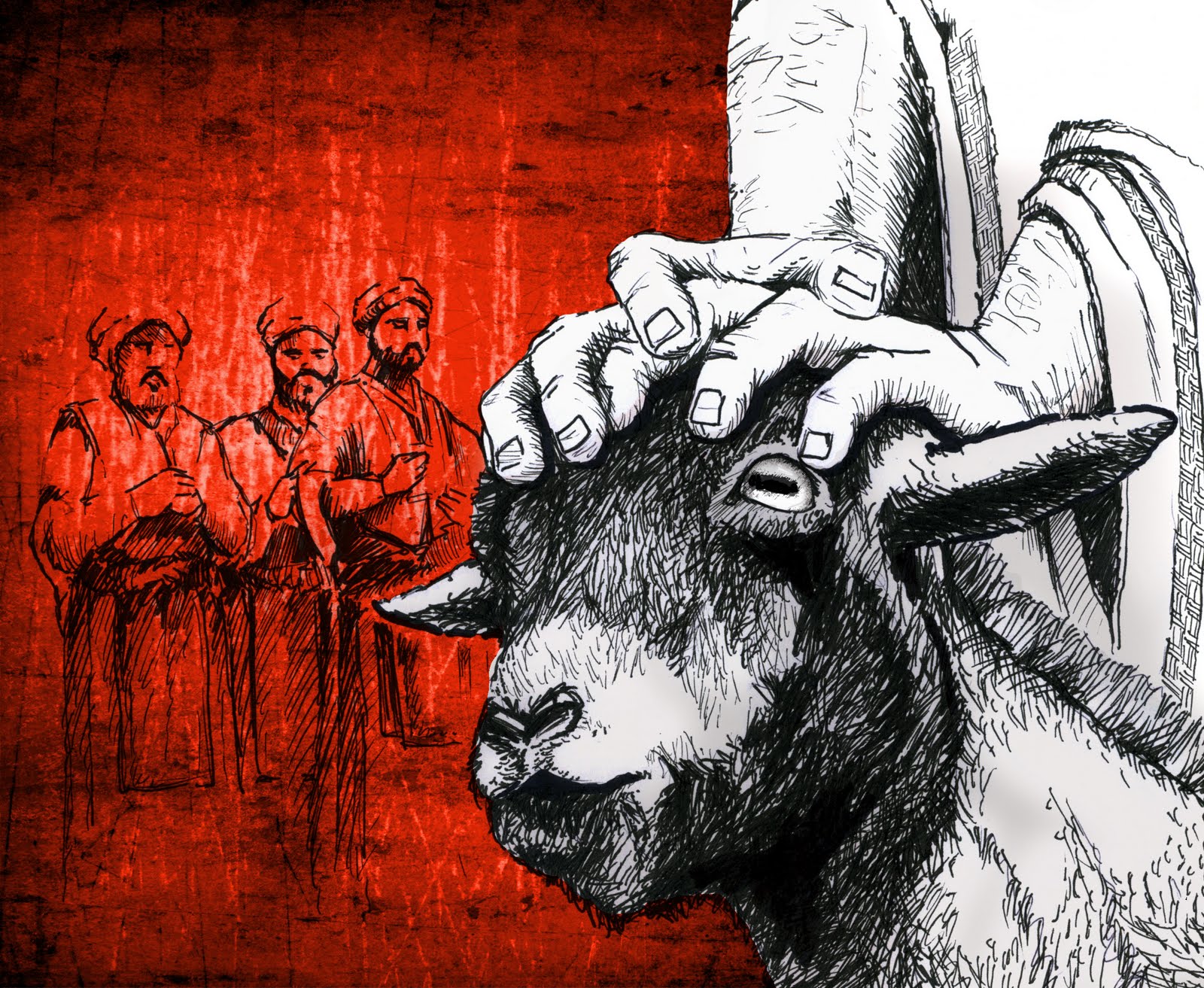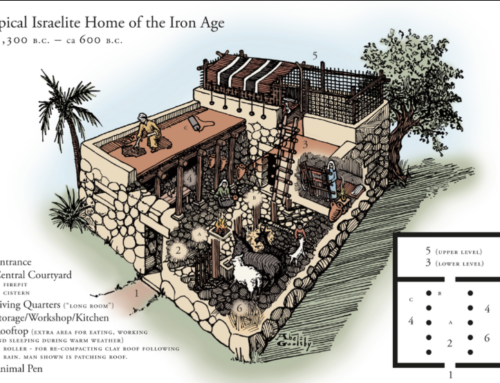Holy Week provides the somber context for reflecting again on humanity’s fatal flaw: scapegoating. The term comes from an Old Testament passage in which God directed that the Hebrew priests might take a goat, ceremonially transfer the sins of the people onto it and then drive it out into the wilderness, where it would perish.
The ritual was known in other ancient civilizations. In Syria and across the Middle East a goat symbolized evil and it might be thrust out into the desert as a way to exorcise the evil. In ancient Greece, in response to a natural disaster, tribal conflict or a societal crisis, a beggar, cripple, criminal or foreigner would be driven out. Some scholars think the scapegoated person would be killed by stoning. Others argue that the victim would simply be expelled from the community.
In his seminal study of human evil, People of the Lie, psychiatrist Scott Peck chronicled the existence of transference or scapegoating within dysfunctional families. In essence, the “good” family members projected their fears, guilt and anger onto the “whipping boy” or the “black sheep of the family”. That individual became the target of abuse, rejection and punishment. The unhealthy process strengthened the bonds between the “good” family members and reinforced their own perceived goodness.
The French philosopher and literary critic, René Girard pioneered a re-examination of the concept of the scapegoat, arguing that it was fundamental to the history of humanity and the core concept of the religious sacrificial system. Sensing some sort of problem or crisis, members of the human tribe naturally resist the idea that they are to blame, and so they blame someone else—most often the stranger, the foreigner, the sinner or the non conformist.
The distorted logic follows: if the problem is caused by a particular individual or an enemy tribe, ethnic group or religion, then the way to solve the problem is to get rid of the problematic individual, tribe or religion. The unhealthy logic also follows that to be rid of the problem one first expels and excludes the problem person or tribe, and when that doesn’t work a “final solution” must be devised: the difficult person or tribe must be eliminated.
Once this sick dynamic is observed it becomes a filter for understanding not only the conflicts of history, but also the flashpoints echoing through both the national and international news cycles.
How much of America’s immigration crisis is determined by scapegoating the foreigner? How much of the anti-Islamic fury is fueled by the scapegoating mechanism? How much of the anti-Catholic, anti-Protestant, anti-Christian, anti-Semitic rhetoric is driven by the instinct to project our own evil onto others?
As swords are rattled in the Far East, the Middle East, Europe and Russia, how much of the military brinkmanship is rooted in the scapegoating mechanism on both sides of the conflict? How much of America’s racial and religious tensions are fueled by the same diseased dynamic?
Furthermore, when tensions rise, the tendency to scapegoating becomes more acute, not less. If one is convinced that all the problems are caused by “the enemy” then when the problems increase, the hatred for the enemy also burgeons. While one can acknowledge the duplicitous lies of the Communist regime in China, we have to avoid the instinct to make scapegoats and blame all Chinese people.
To make matters worse, when an individual, a family, a religious group or tribe are scapegoating they are impervious to criticism. The whole unhealthy point of scapegoating is to reinforce the tribe’s greatness, goodness and self righteousness. To suggest there is any evil in the tribe only produces a further round of defensiveness and rejection of the critic.
To top it off, the scapegoating mechanism has most often been tied in with religious practice. It is the priests and elders who lead the tribal blame, who assign the evil to the innocent victim and lead the exclusion, persecution and final execution. Then the violence becomes ritualized and a sacrificial system of blood sacrifice becomes not only part of the religion, but the way the tribe (led by the priests) believe they are pleasing God.
During Holy Week we plunge into the heart of this darkness. We see Jesus Christ surrounded by a powerful religious tribe who are determined to use him as scapegoat. “It is better that one man die than all be slaughtered.” states one of the conspirators. Bearing the title of the “Lamb of God” Jesus accepts the role meekly and takes the blame.
Girard pointed out that Jesus Christ is the first person to understand this twist in humanity’s instincts and to accept the victim role willingly. Because he is the Son of God he is able to not only accept the role, but demolish the scapegoat mechanism from the inside out. In both dying and then rising, the Lamb of God declares, “I will take the blame, and by doing so, will demolish this demonic dynamic once and for all.”
What is most troubling as we watch the world spiral into further recrimination, blame and scapegoating is that there seems to be no real cure. Catholicism, in the face of this, continues to hold this week commemorating the death of an innocent man, to be the answer. The answer is never to shift the blame, but through repentance to accept the responsibility. Always to accept the responsibility.
This death in the afternoon reveals the problem, and yet also resonates as the only solution.
So to quote T.S.Eliot, “… in spite of that, we call this Friday good.”






Leave A Comment
You must be logged in to post a comment.